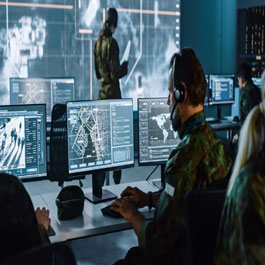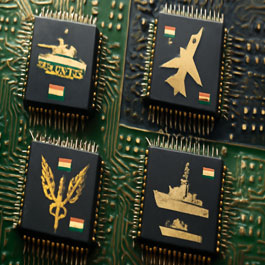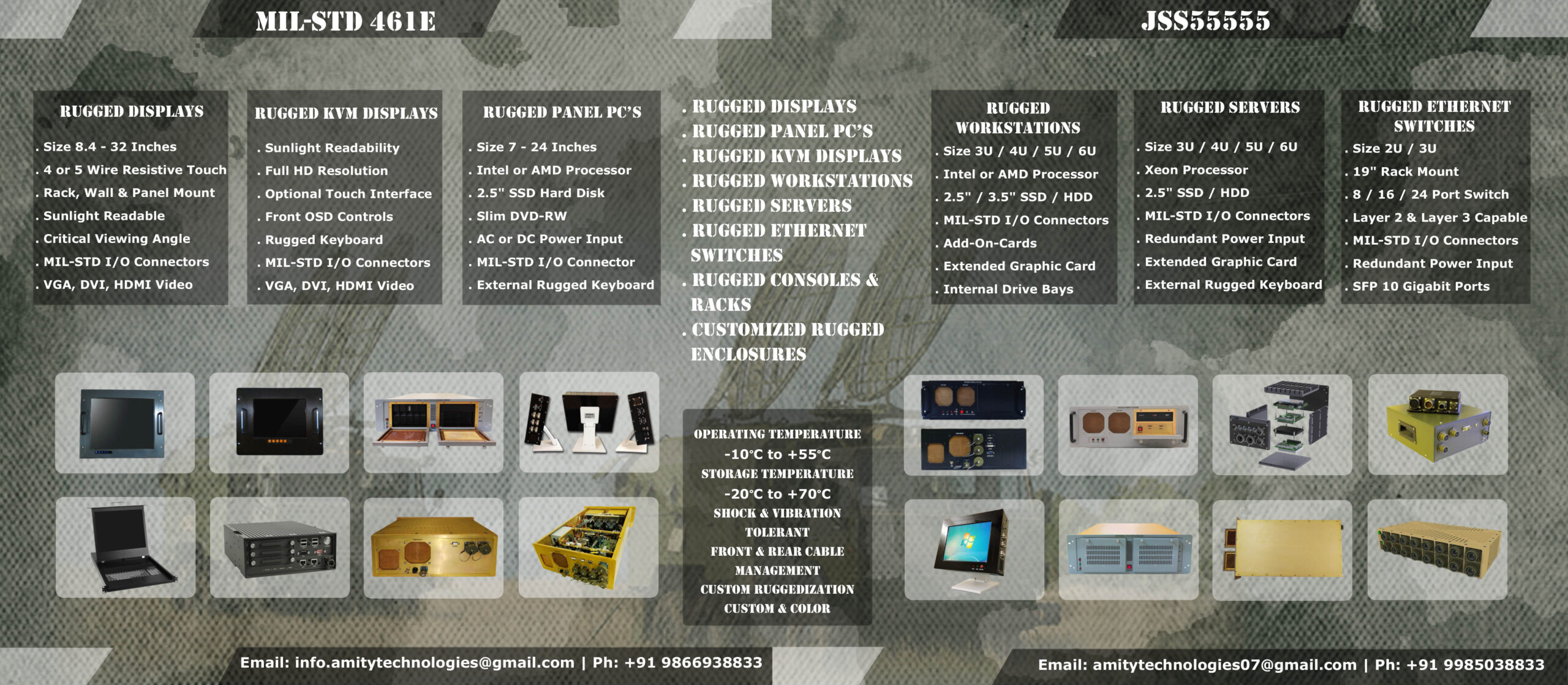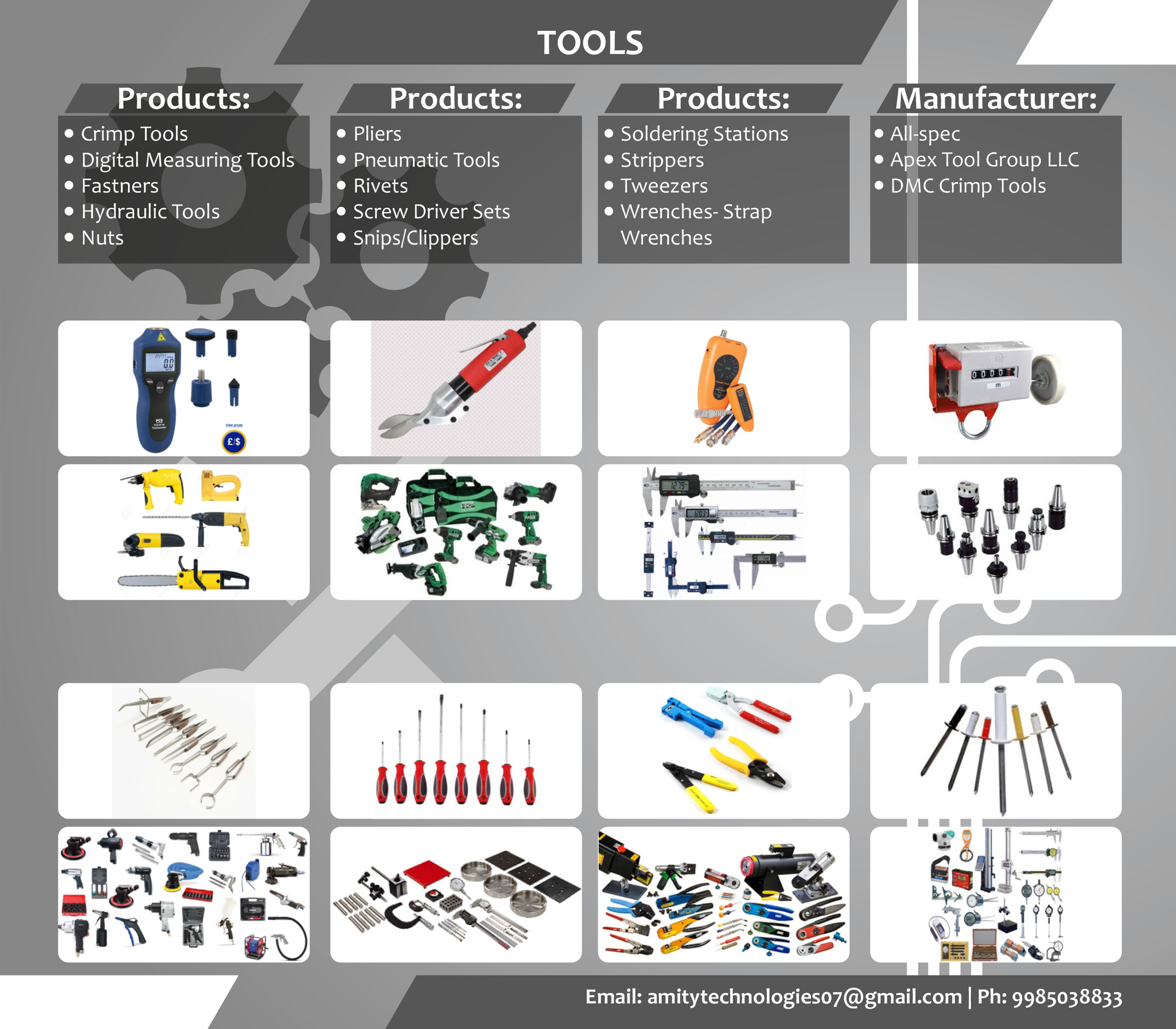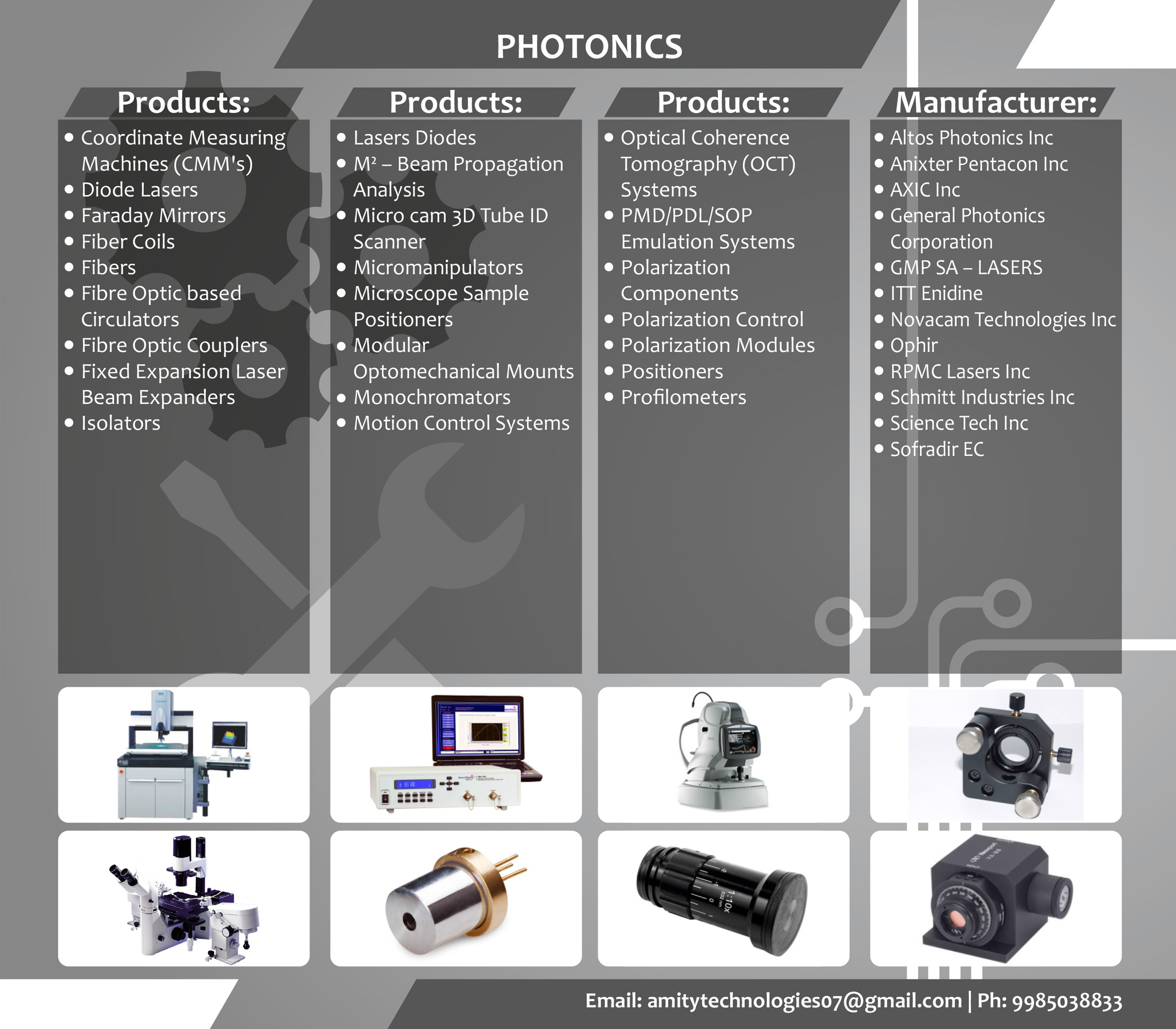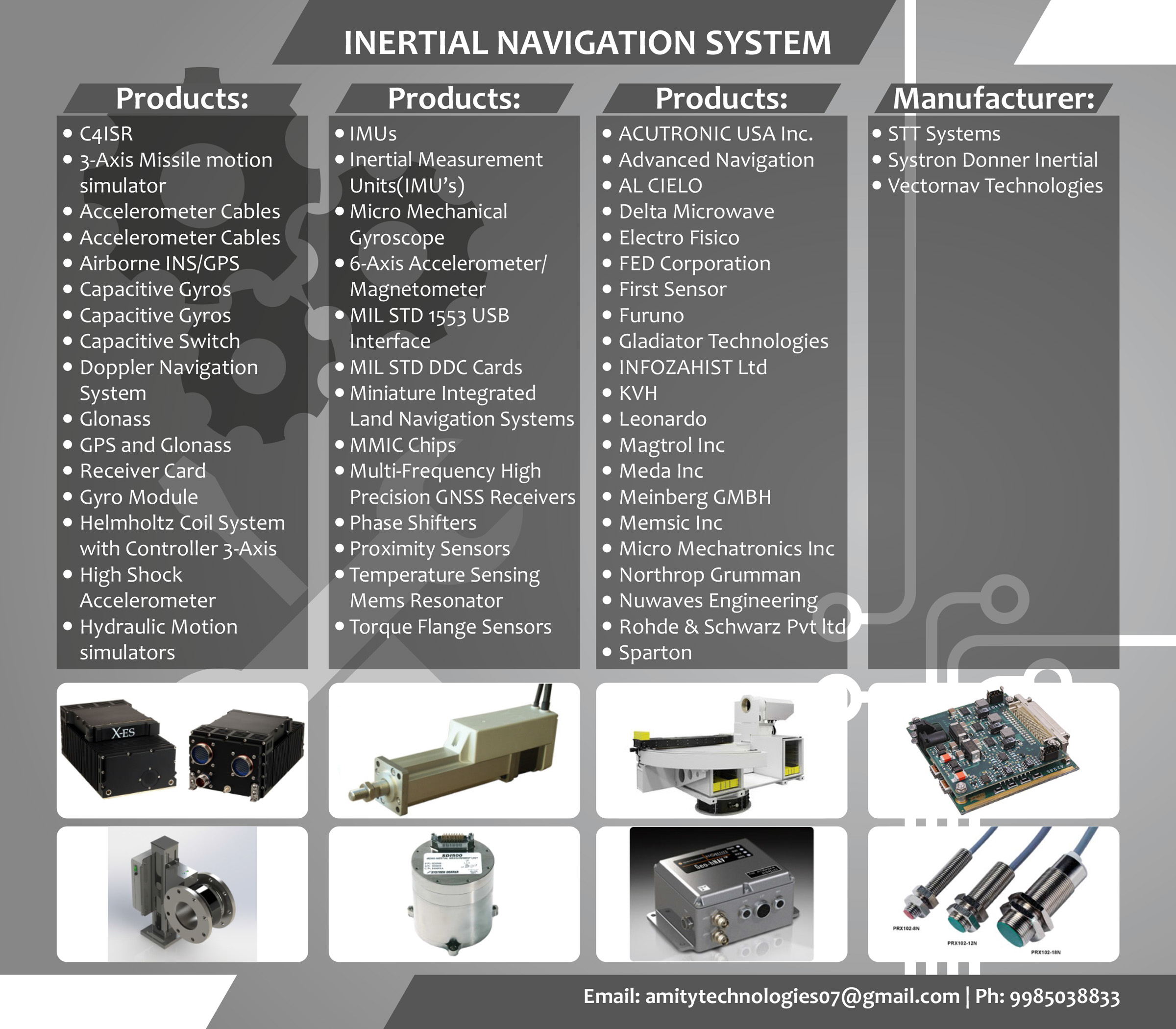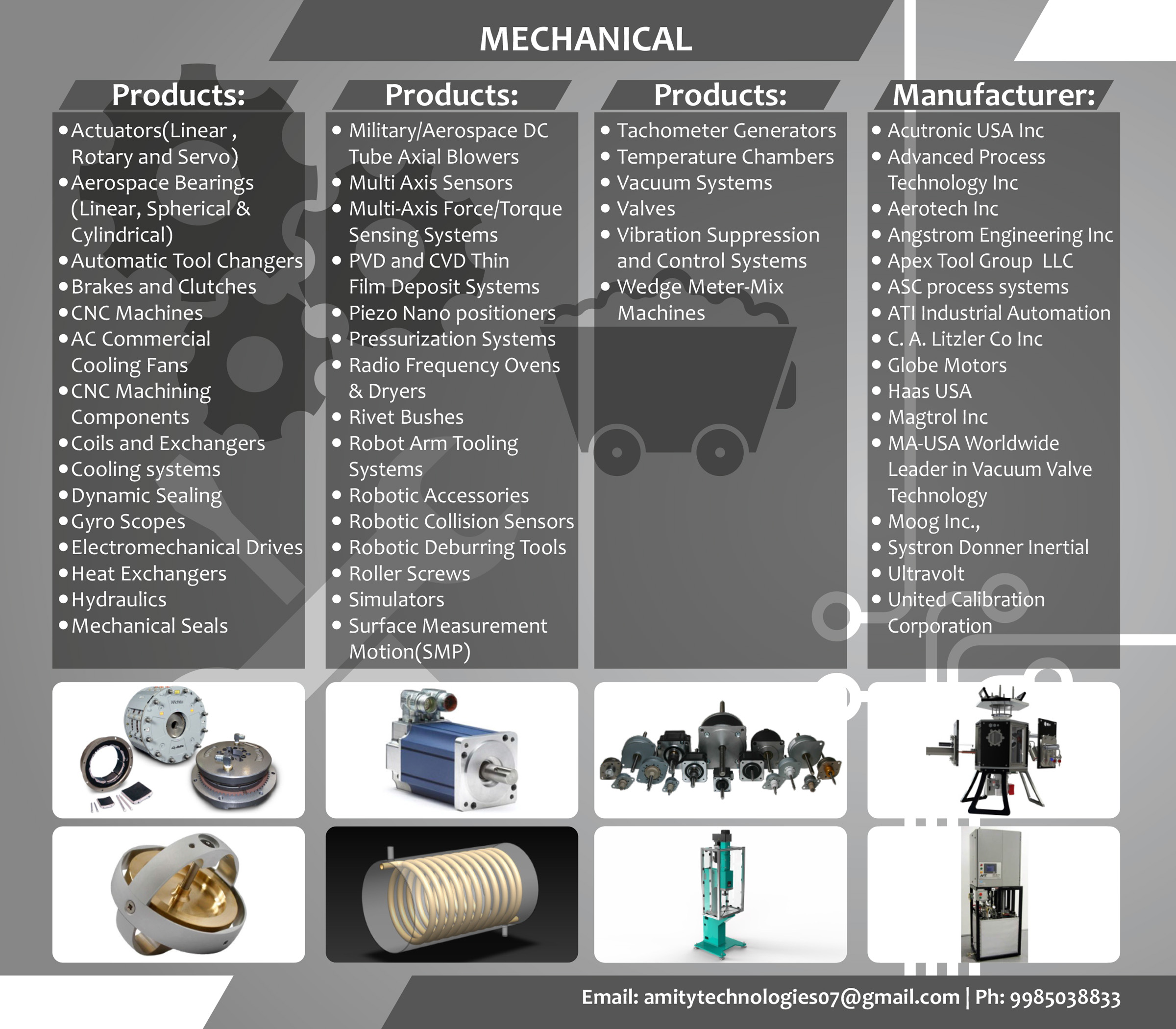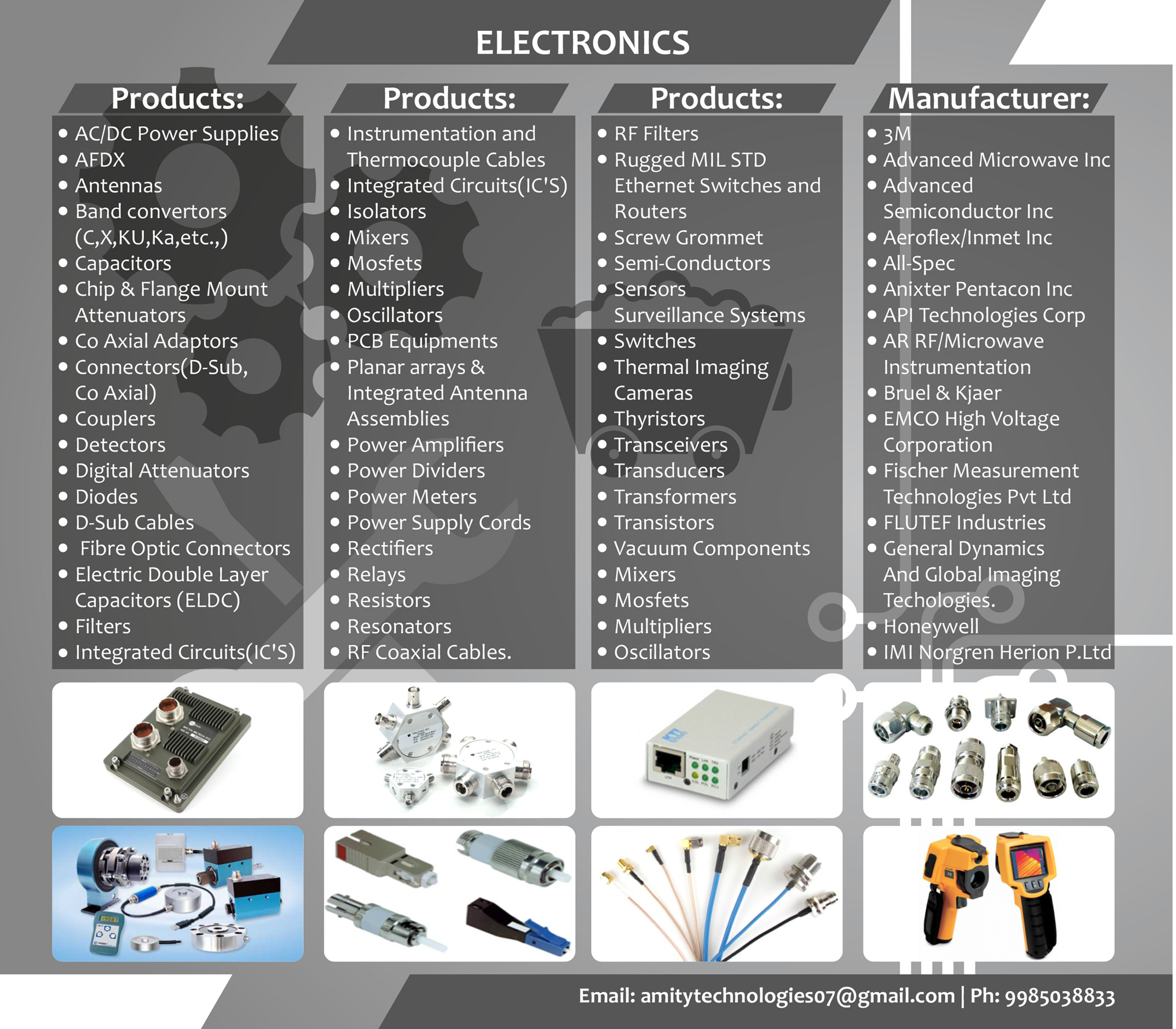In today’s rapidly evolving world, the battlefield is no longer limited to land, sea, and air. A new domain—cyberspace—has emerged as one of the most critical frontiers in national defense. At the heart of this shift lies the powerful connection between defence electronics and national cybersecurity.
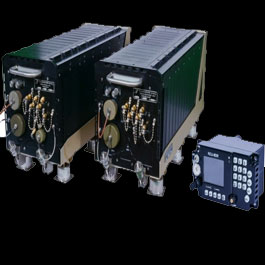
What is Defence Electronics?
Defence electronics refers to the advanced systems and technologies used by armed forces to enhance operational capability, intelligence, and security. These include:
- Radar and sonar systems for surveillance and detection.
- Electronic warfare systems for disrupting enemy communications.
- Navigation and communication devices for secure coordination.
- Missile guidance systems for precision targeting.
- Embedded electronics in drones, aircraft, and naval vessels.
In essence, defence electronics ensures that modern militaries operate with speed, precision, and technological superiority.
What is National Cybersecurity?
Cybersecurity at the national level is the protection of a country’s digital infrastructure against cyber threats. It encompasses:
- Critical infrastructure security (power grids, telecom networks, transportation).
- Military networks and communication channels.
- Government data and classified intelligence.
- Counter-cyber espionage and cyber terrorism efforts.
Without robust cybersecurity, even the most advanced defence electronics can be rendered ineffective.
The Connection Between Defence Electronics and Cybersecurity
- Shared Vulnerabilities
Defence electronic systems—radars, satellite networks, and communication systems—are all digitally connected. This makes them vulnerable to hacking, malware, and cyber espionage. A compromised radar system or drone command link could give adversaries a strategic edge. - Integrated Operations
Modern warfare relies heavily on the fusion of electronic and cyber operations. For example, a cyberattack might disable enemy air defense electronics before an airstrike. This blending of cyber tools with electronic warfare highlights the interdependence of both fields. - Data Protection in Defence Electronics
Sensors, surveillance drones, and satellite systems collect enormous amounts of sensitive data. Cybersecurity frameworks are essential to ensure that this data is not intercepted, altered, or misused. - AI and Automation
Defence electronics increasingly uses AI-based decision systems, autonomous drones, and robotic platforms. Cybersecurity ensures these systems cannot be hijacked, manipulated, or turned against their operators. - Resilience in Hybrid Warfare
Modern conflicts often involve a mix of cyberattacks, electronic jamming, and physical strikes. A country’s ability to withstand such hybrid threats depends on how well defence electronics and cybersecurity are integrated.
Real-World Examples
- GPS Spoofing: Military drones and aircraft rely on navigation electronics. Cyberattacks that spoof GPS signals can misdirect them, making cybersecurity vital for operational accuracy.
- Satellite Communication Hacks: Defence satellites relay mission-critical data. Cyber intrusions into these channels can cripple communication.
- Critical Infrastructure Attacks: Nation-state cyberattacks on power grids or telecom networks directly affect military response capabilities.
Building a Secure Future
To strengthen the connection between defence electronics and cybersecurity, nations must:
- Invest in indigenous technology to reduce reliance on foreign systems.
- Harden electronic systems with cybersecurity protocols from the design stage.
- Develop rapid response teams that combine cyber experts with defence engineers.
- Conduct joint military-cyber exercises to prepare for real-world hybrid threats.
Conclusion
Defence electronics and national cybersecurity are two sides of the same coin. One ensures dominance on the battlefield, while the other safeguards the digital backbone that supports it. In an era where a single cyber breach can undermine billions in defence technology, their integration is not optional—it is essential for national security.

